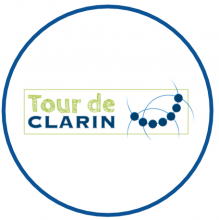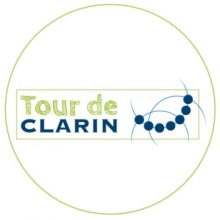News

Mikel Iruskieta is a computational linguist who is part of the Ixa Research Group and the Didactics of Language and Literature Department at the University of the Basque country. He has collaborated with the CLARIN IMPACT K-Centre, which has helped him and his colleagues digitize Basque texts.

CLaDA-BG regularly organizes seminars and dissemination activities that are aimed at presenting the infrastructure to researchers with backgrounds in the Humanities, such as history, ethnography, library science, and museology.

The corpus comprises two types of speech resources, the first containing spontaneous speech material of four children at their early age – from one to three years old, and the other comprising stories based on a series of pictures with 90 children at pre-school age from three to six years old.

The IMPACT Centre of Competence in digitisation, founded in 2012, is a non-profit organisation that aims at making digitisation of historical texts better, faster and cheaper.

The BTB-Pipe language pipeline for Bulgarian has been developed incrementally over the last twenty years, starting with the Bulgarian-German BulTreeBank project for the creation of a Bulgarian treebank.

Bulgaria has been a founding member of CLARIN since 2012. In 2014, following the strategic plan of the Bulgarian Government and Ministry of Education and Science, the CLARIN and DARIAH Infrastructures merged into a single infrastructure called CLaDA-BG (CLARIN and DARIAH in Bulgaria) and obtained funding in 2018.

HUN-CLARIN devised the concept of a Roadshow series that is based on the idea of proactively (and literally) bringing language technology to where humanities research is actually done, namely, to Hungarian universities.

Noémi Vadász is a PhD student and junior research fellow who works at the Research Institute for Linguistics. As a computational linguist with a formal background in syntax and semantics, she collaborates with HUN-CLARIN in the e-magyar project.

The e-magyar toolchain was developed in 2016 as a major collaborative effort across the Hungarian community. The rationale for it was based on a clear vision of an open, modular, extendable and easy-to-use pipeline for Hungarian, which was suitable for non-specialists and developers alike.

The multimodal HuComTech corpus aims to improve human-machine communication applications (like chatbots) by empowering them with a comprehensive set of knowledge about human-human communicative behaviour.